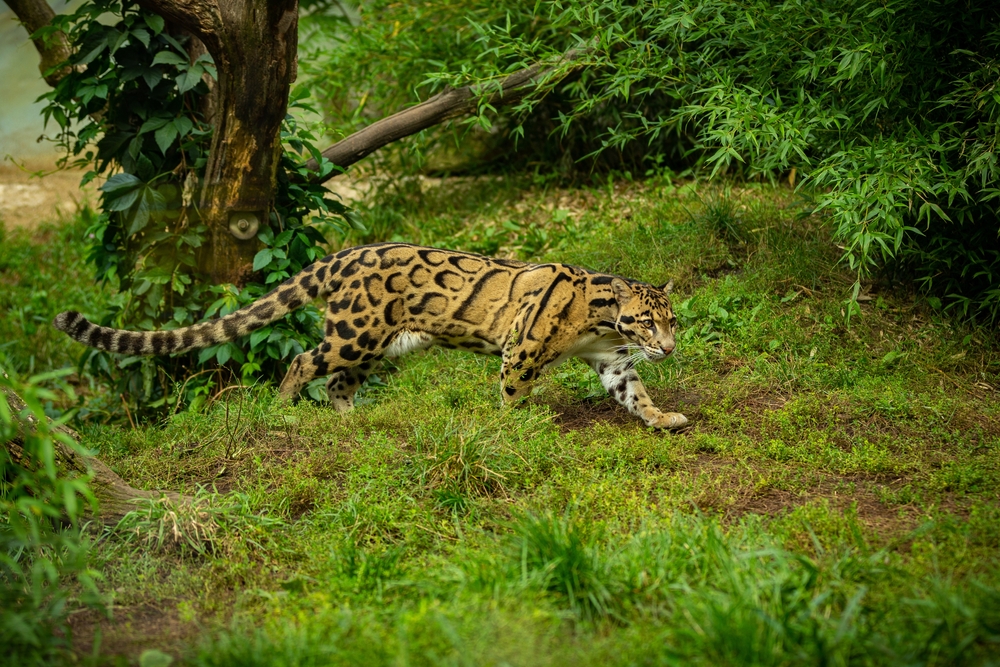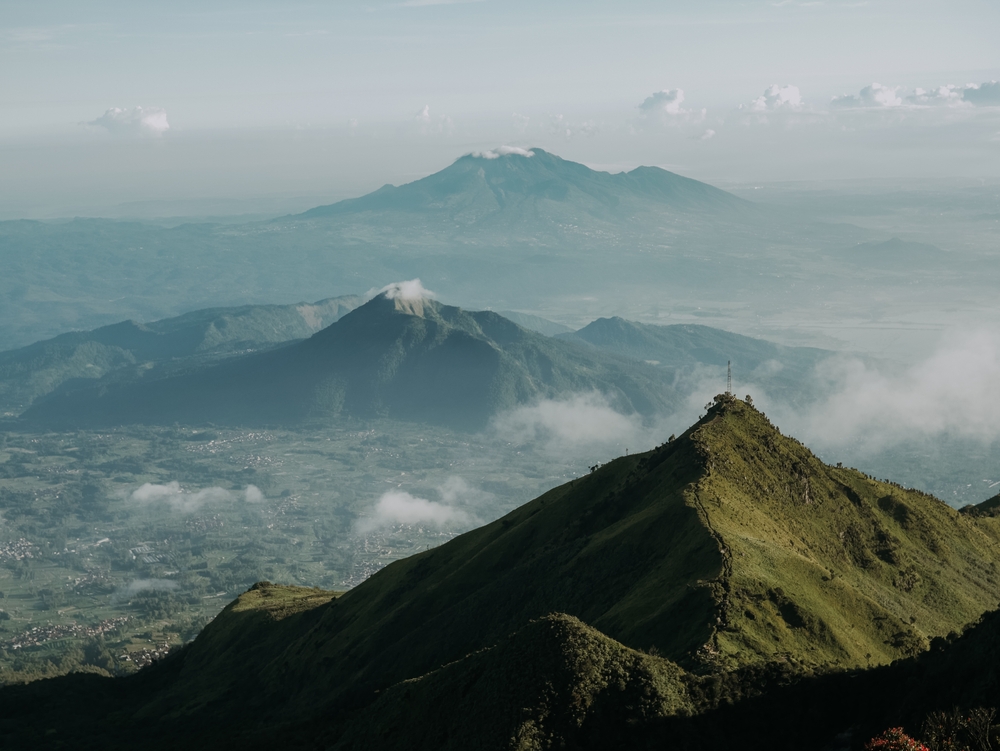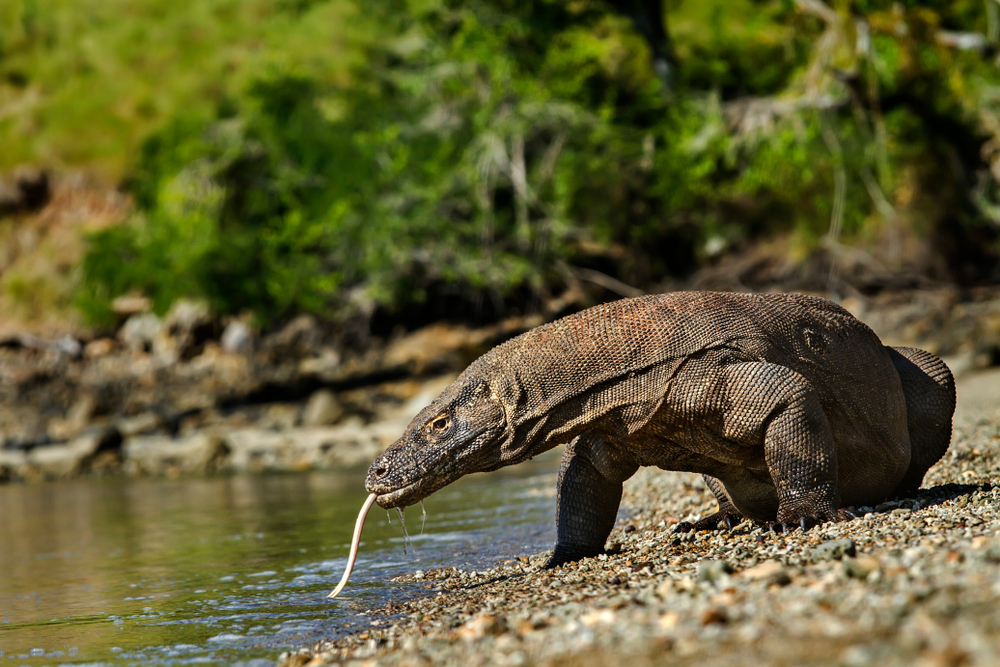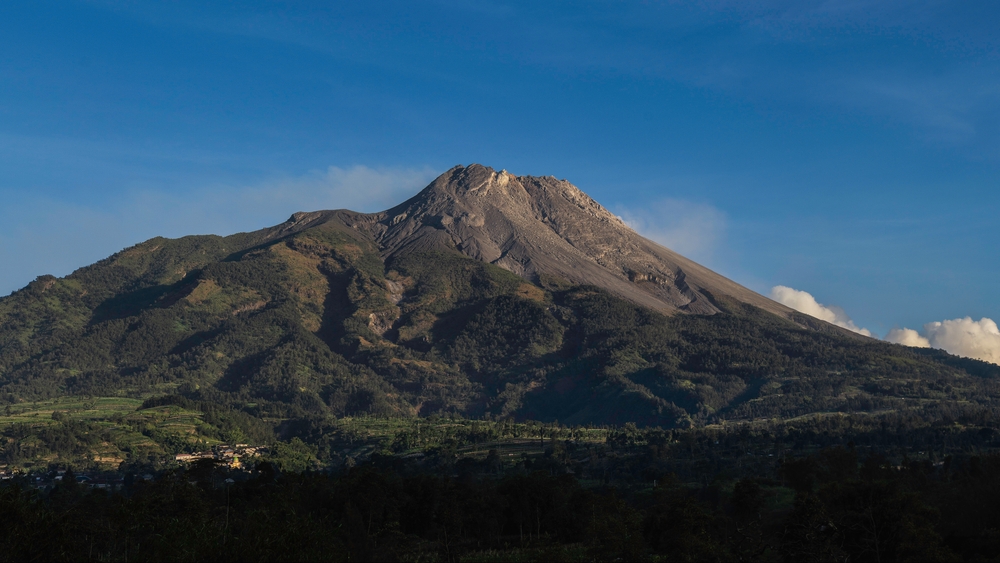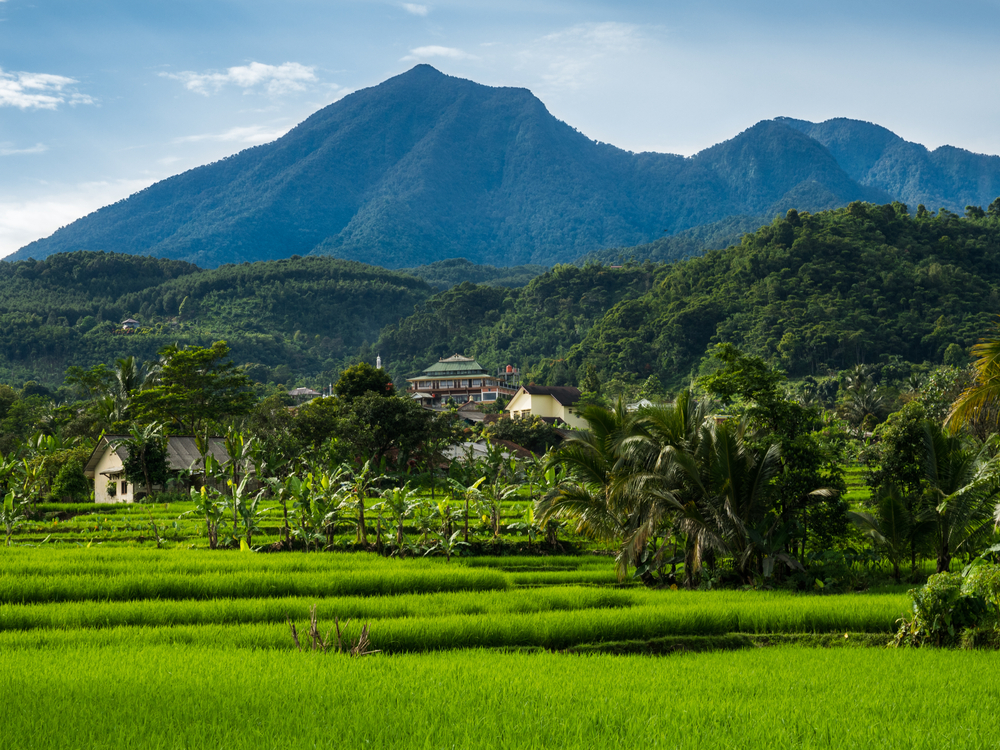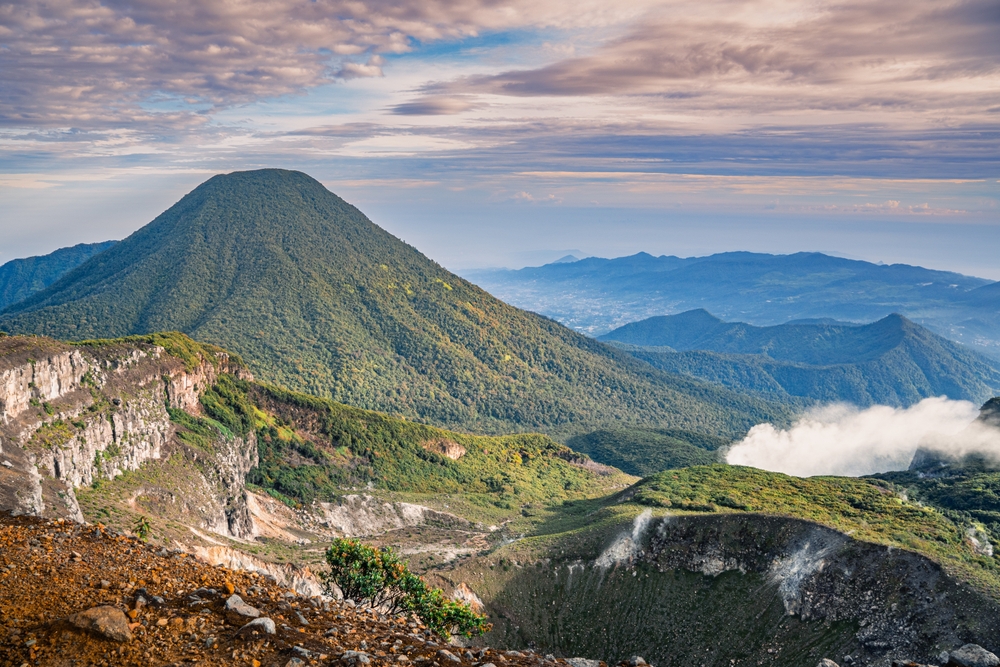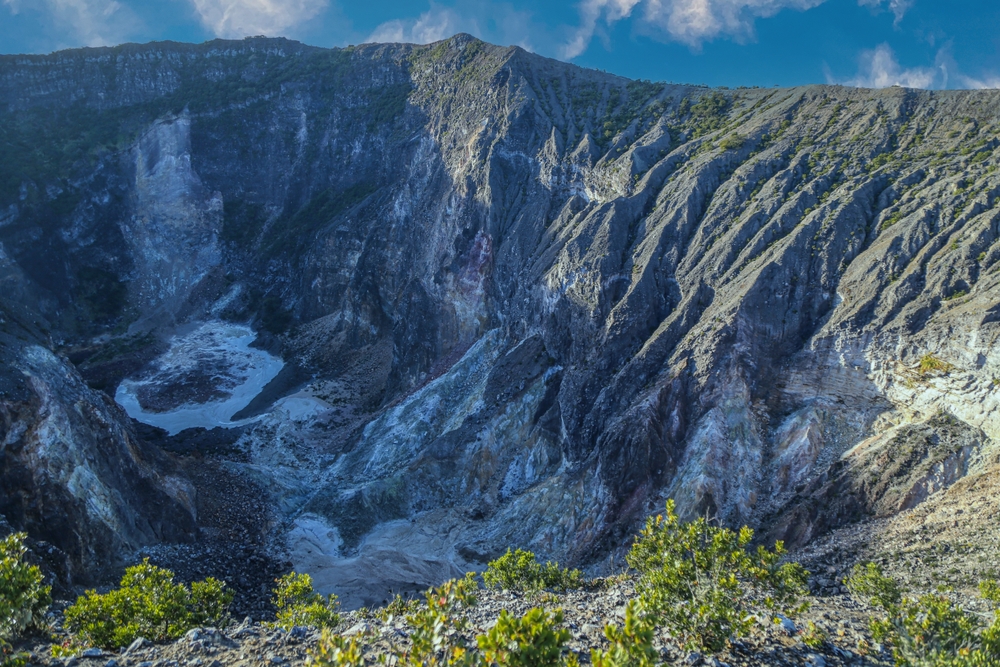Mount Palung Overview
Nestled in the heart of Indonesia’s West Kalimantan province on the island of Borneo, Mount Palung National Park, or Taman Nasional Gunung Palung in the local language, spans an impressive 1,080 square miles (2,800 square kilometers). This biologically rich park is a pristine example of Borneo’s lush rainforest ecosystem, encompassing a variety of terrains, including lowland peat swamps, mangrove forests, montane rainforests, and rugged mountain landscapes.
At its core stands Mount Palung itself, a majestic peak that reaches an elevation of 3,637 feet (1,109 meters). The park’s diverse landscapes create a haven for an astonishing array of plant and animal life, making it one of Indonesia’s most treasured biodiversity hotspots.
The park’s terrain is as varied as its ecosystems, ranging from swampy lowlands to steep mountain slopes covered in dense vegetation. Its forests are renowned for towering dipterocarp trees, which dominate the lowland areas, while the montane regions host unique plant species such as orchids and ferns.
These forests are also interspersed with waterfalls, such as the enchanting Riam Berasap Waterfall, whose misty cascades are surrounded by emerald-green foliage. The park’s peat swamps and mangroves further enhance its ecological richness, providing critical habitats for both aquatic and terrestrial species.
Mount Palung National Park is particularly famous for its wildlife, which includes some of Borneo’s most iconic and endangered species. It is one of the few places in the world where visitors can encounter wild orangutans (Pongo pygmaeus), as the park is home to one of the largest and most significant populations of this critically endangered great ape.
Other mammals frequently spotted include the Bornean gibbon, proboscis monkey, sun bear, and clouded leopard. The park’s birdlife is equally impressive, featuring more than 230 species, including the rhinoceros hornbill, black-capped kingfisher, and great argus pheasant. These creatures thrive in the park’s undisturbed habitats, offering visitors extraordinary wildlife-viewing opportunities.
Visitors to Mount Palung National Park can engage with its wonders in a variety of ways. Trekking through its dense rainforests is a popular activity, with trails leading to breathtaking viewpoints and areas where orangutans are often observed. Guided wildlife tours provide a chance to spot elusive animals while learning about their behaviors and habitats.
Birdwatchers flock to the park for its exceptional avian diversity, while the Riam Berasap Waterfall and other natural features offer tranquil spots for relaxation and exploration. River cruises through the park’s waterways are another way to experience its beauty, allowing visitors to navigate the mangroves and witness the park’s ecosystem from a unique perspective.
Conservation efforts have been central to the management of Mount Palung National Park, which faces challenges such as illegal logging, poaching, and habitat loss. Collaborative initiatives between the Indonesian government, local communities, and international conservation organizations have led to significant successes, including the reduction of illegal activities and the rehabilitation of orangutan habitats.
Ecotourism also plays a key role in supporting conservation, as it raises awareness and generates funding for the park’s protection. Mount Palung National Park stands as a testament to the importance of preserving our planet’s natural heritage, offering visitors a glimpse into one of the world’s most extraordinary ecosystems.








































































